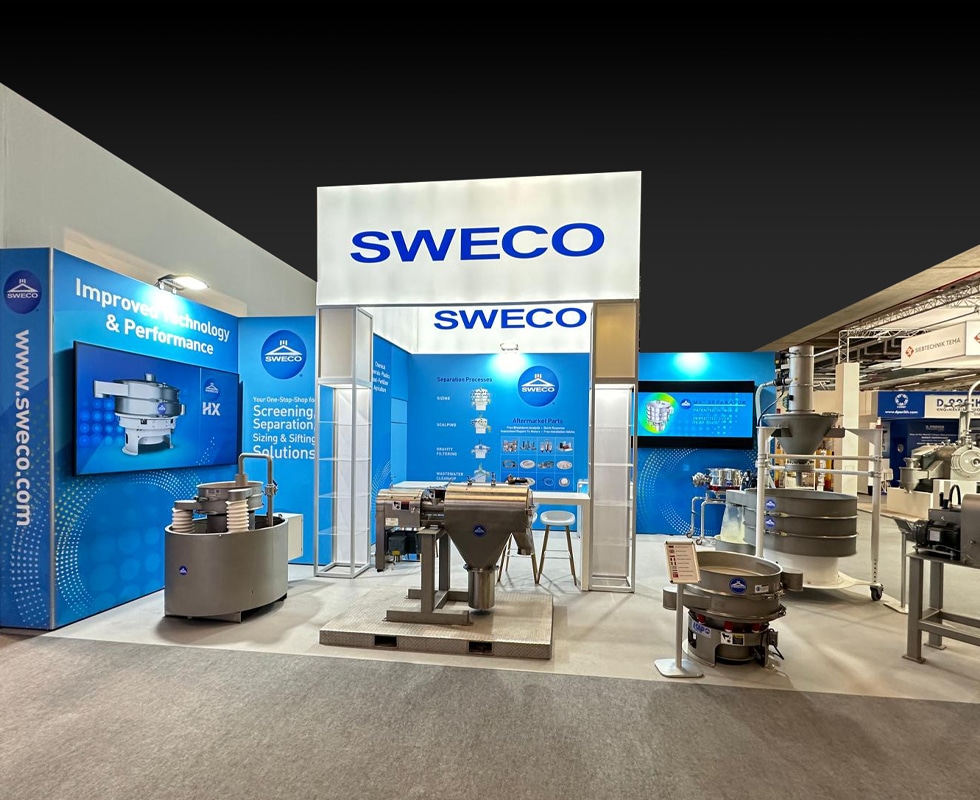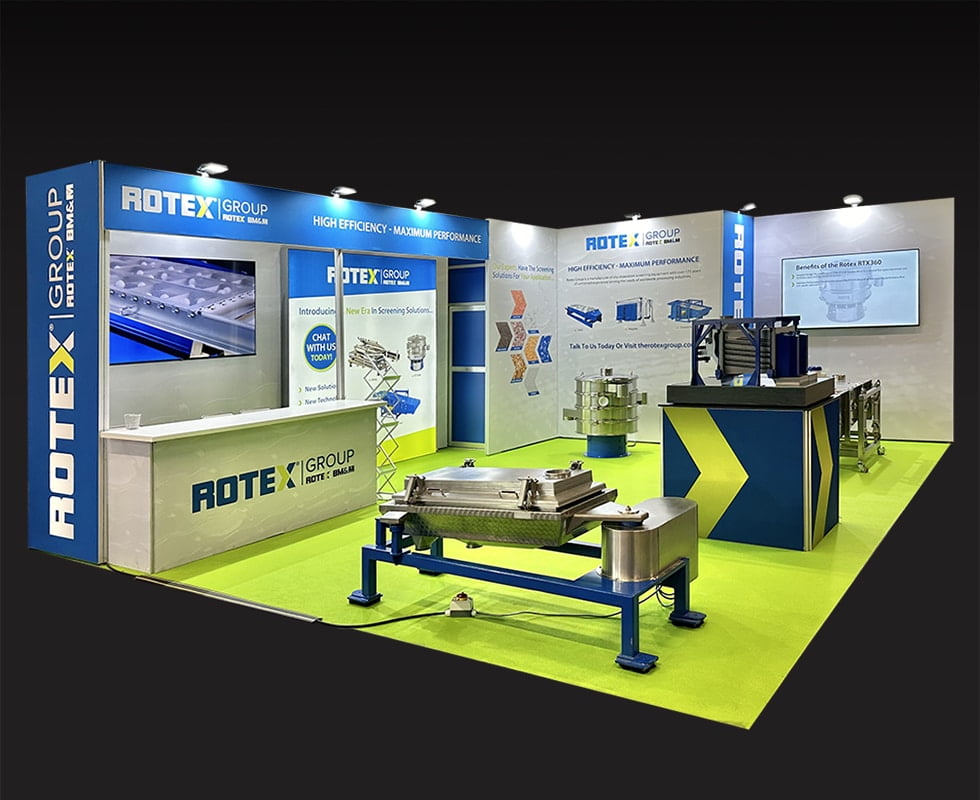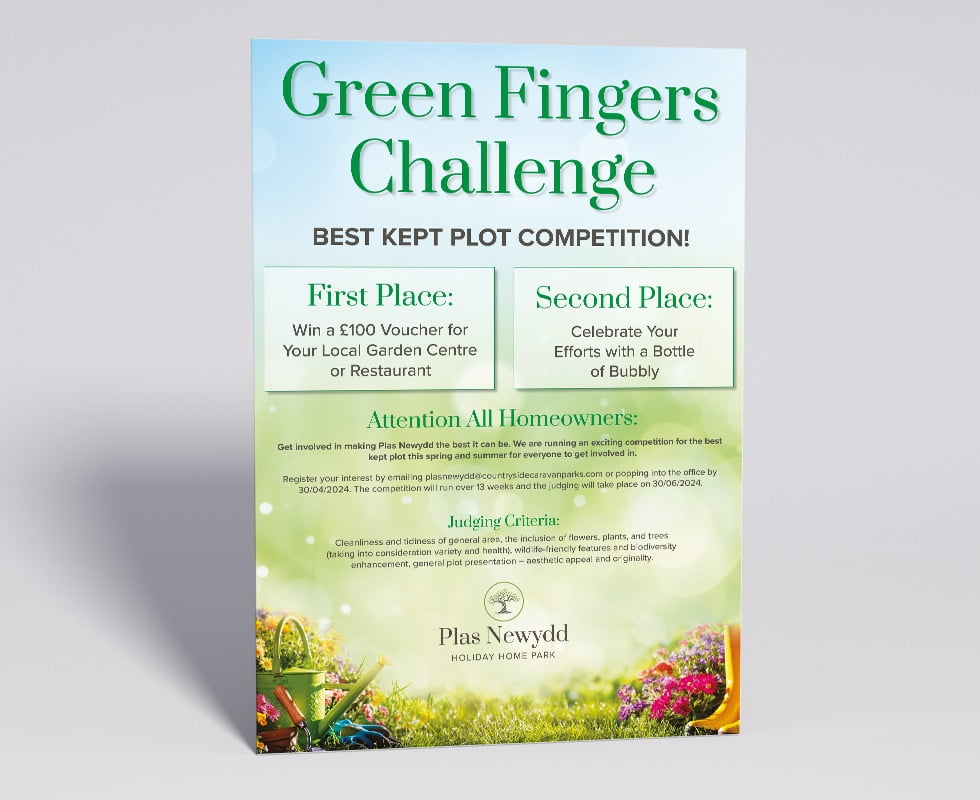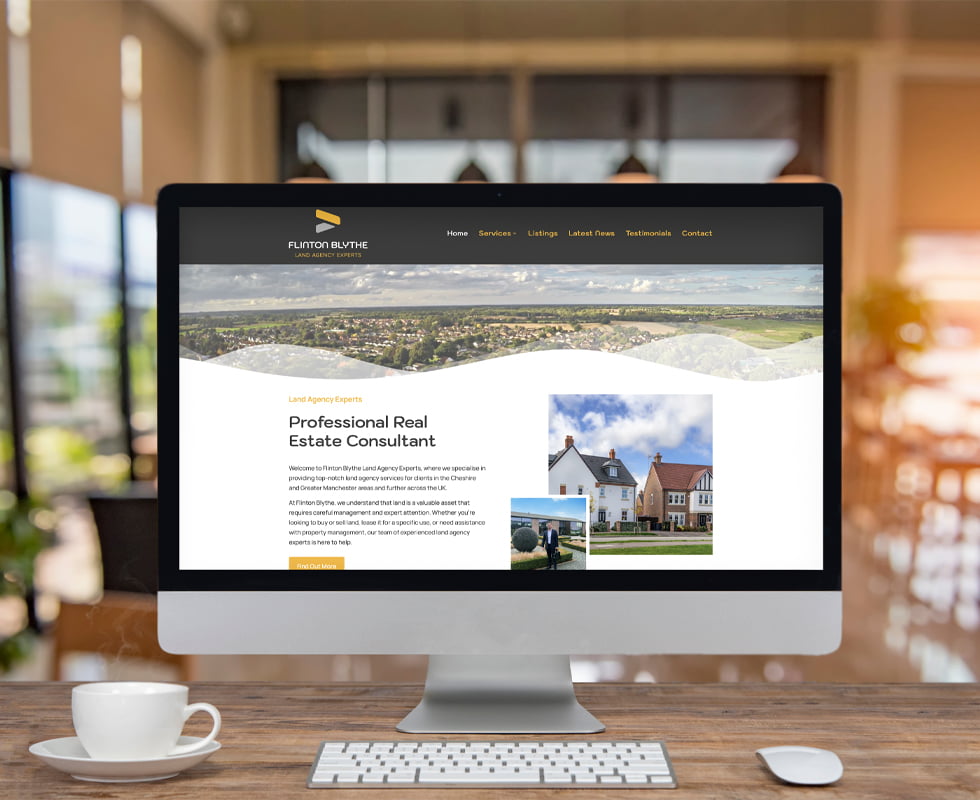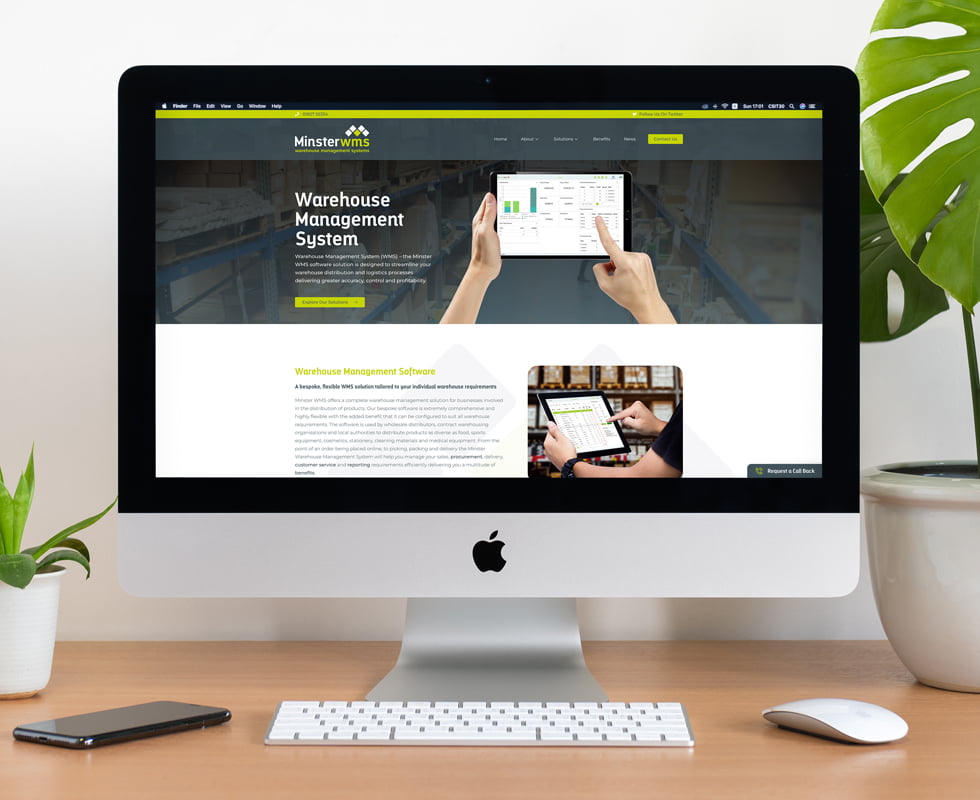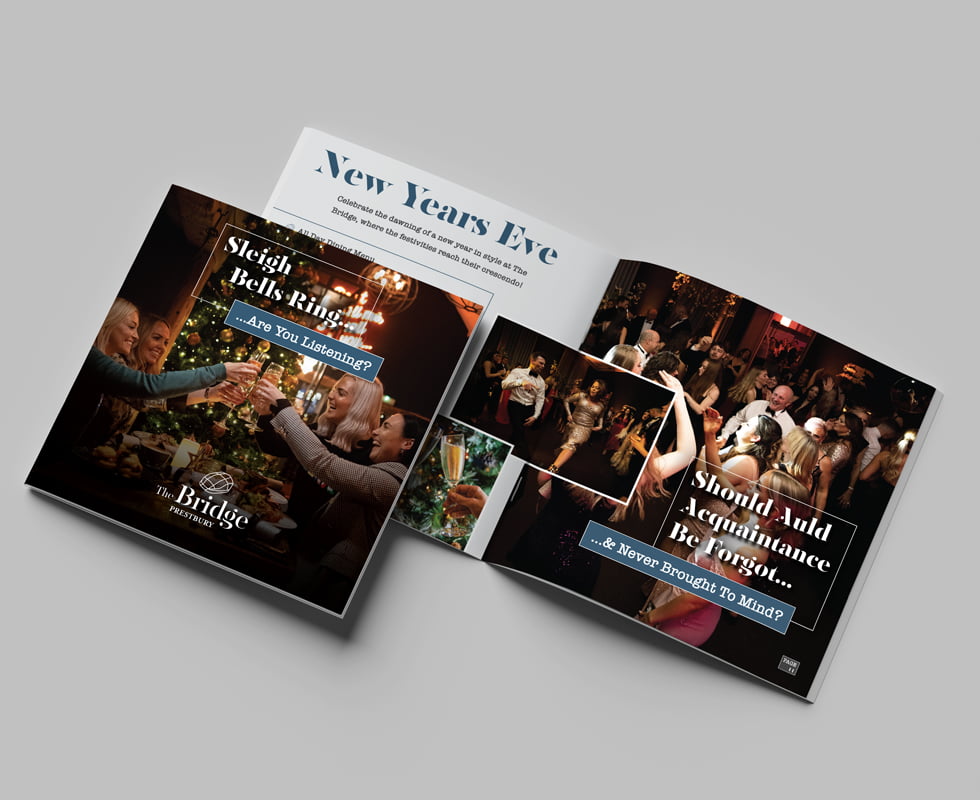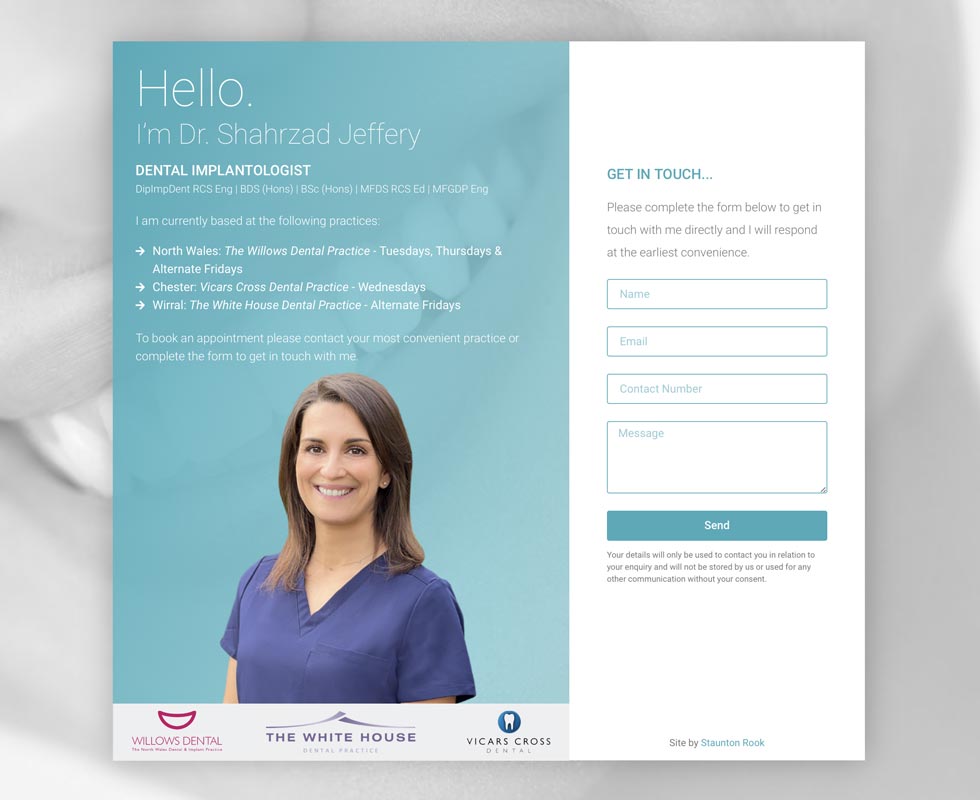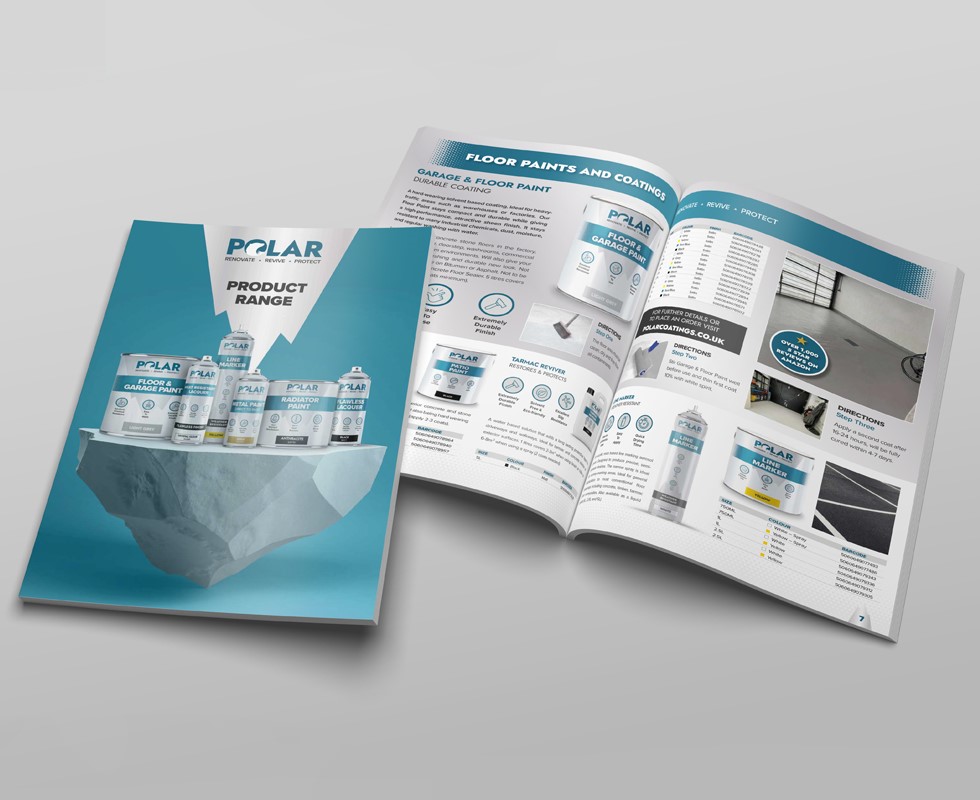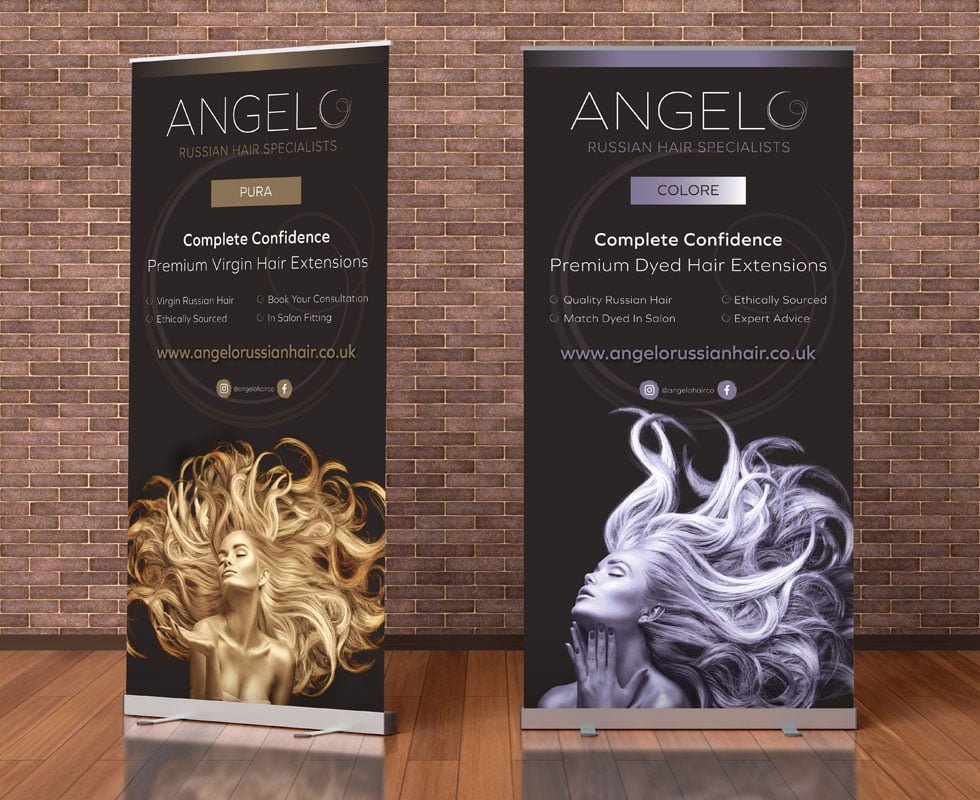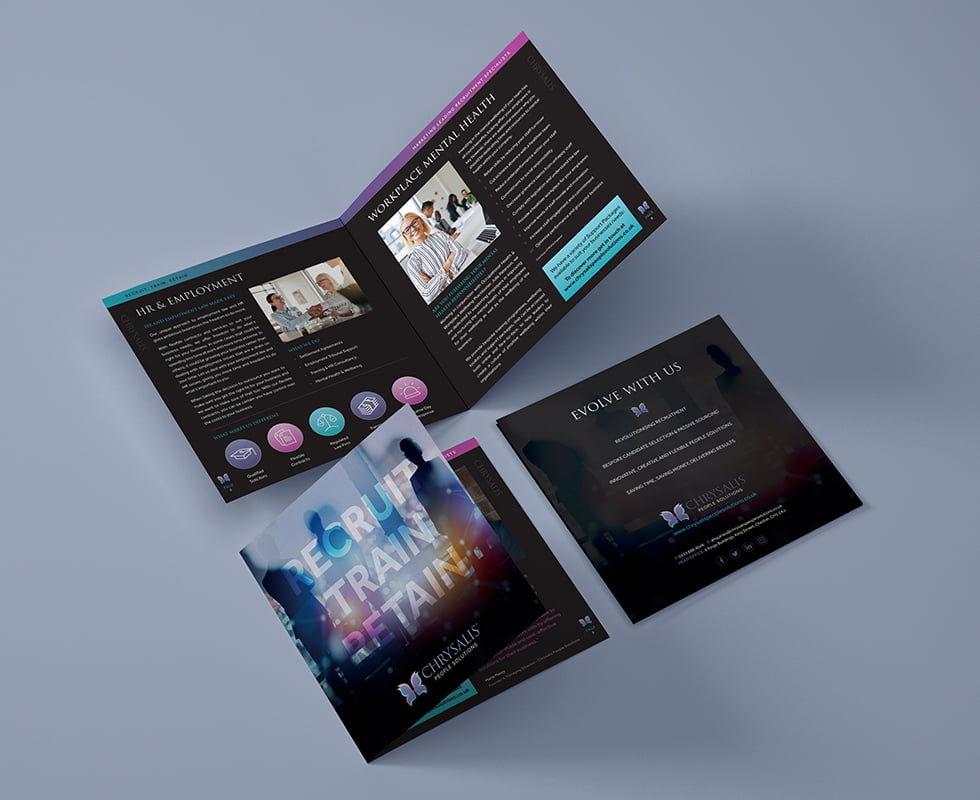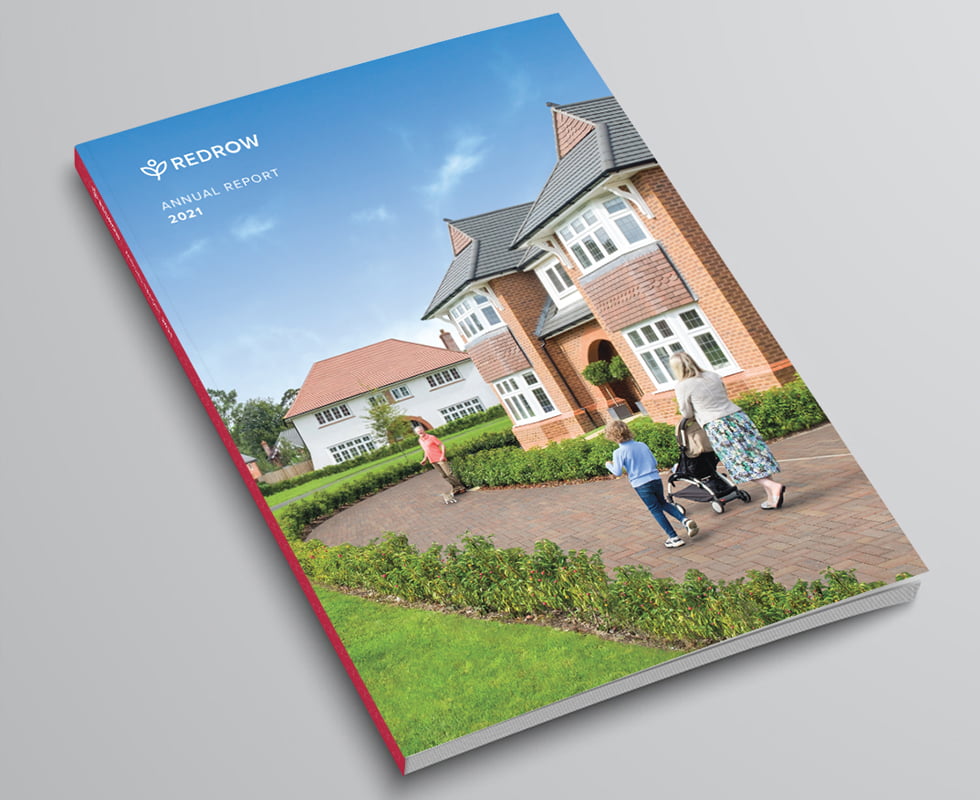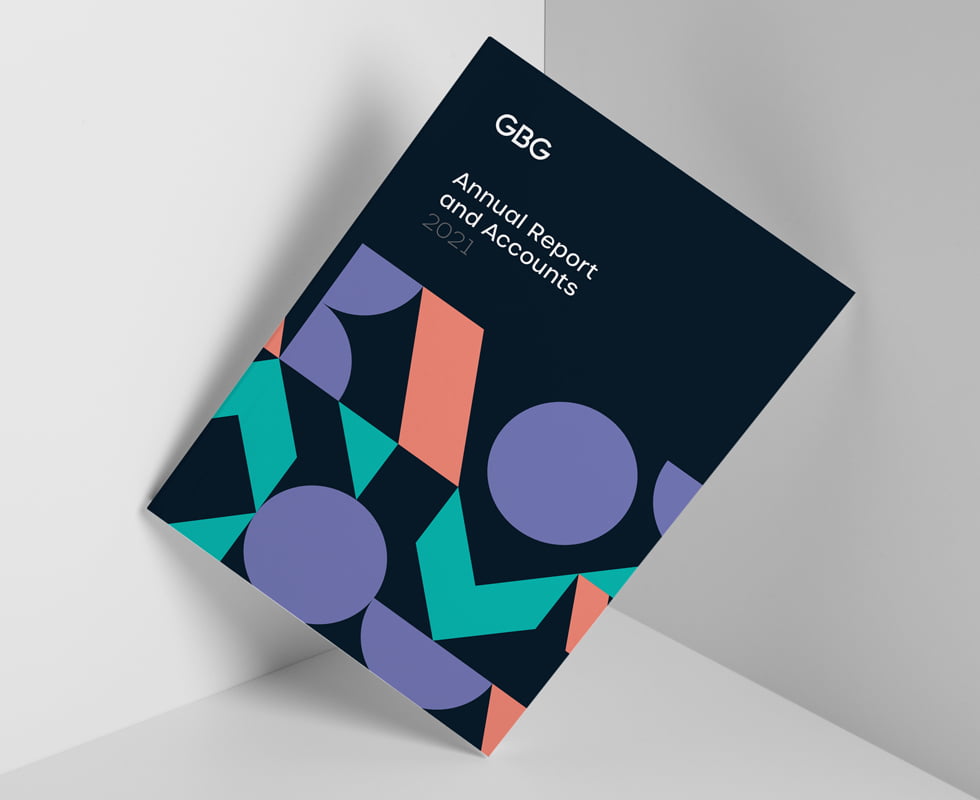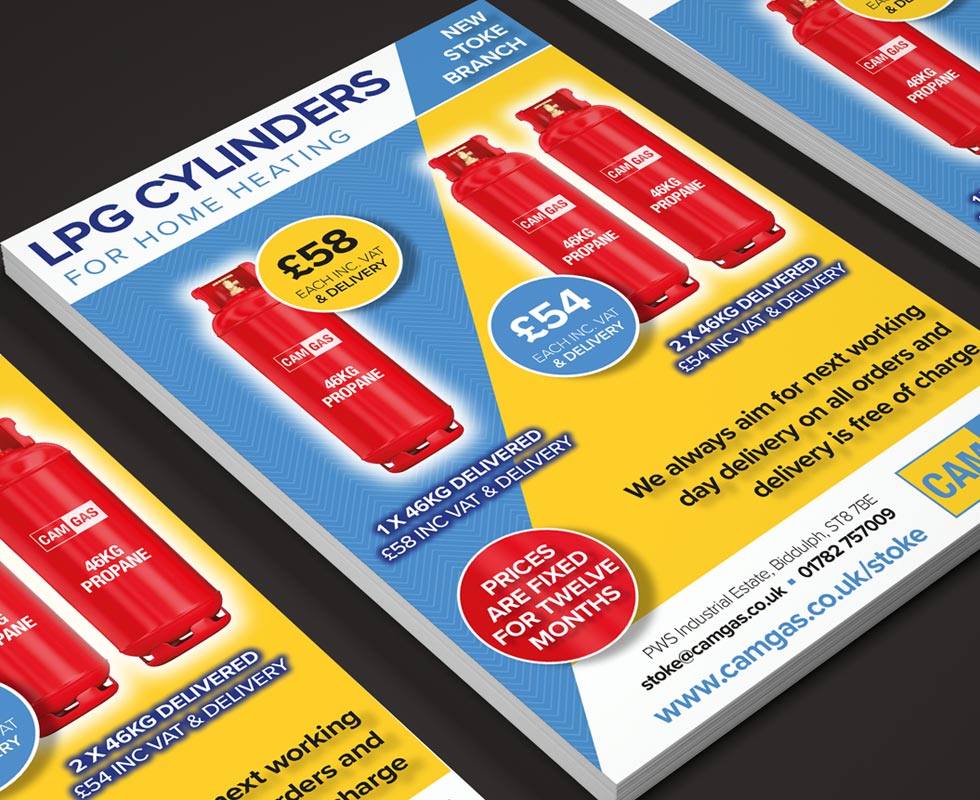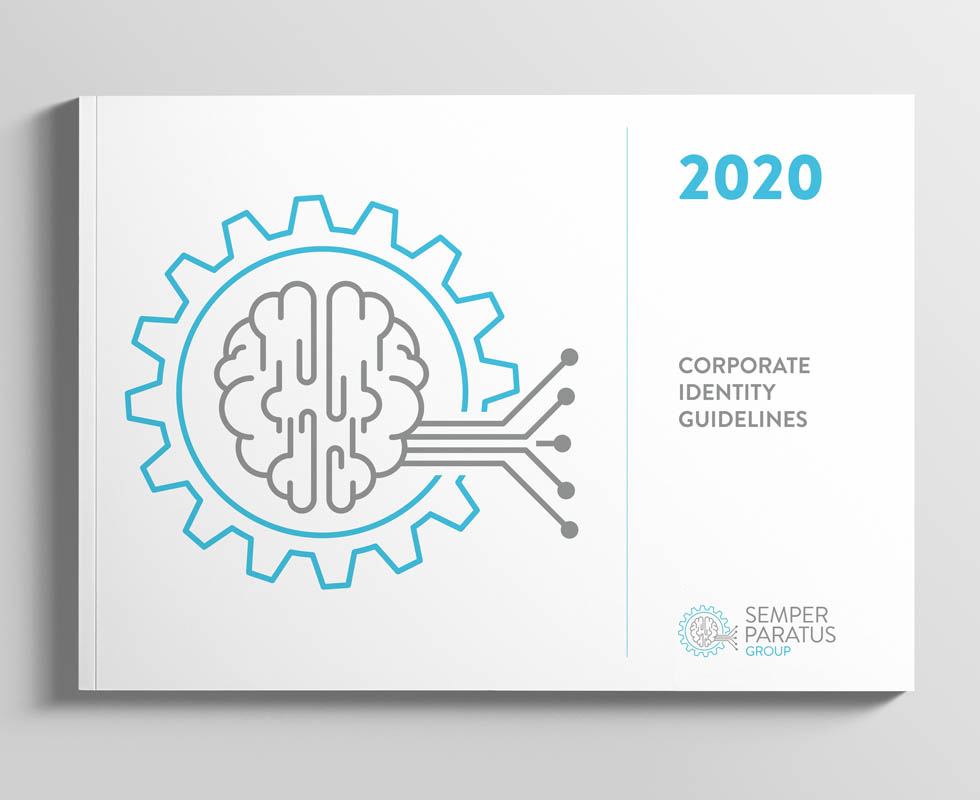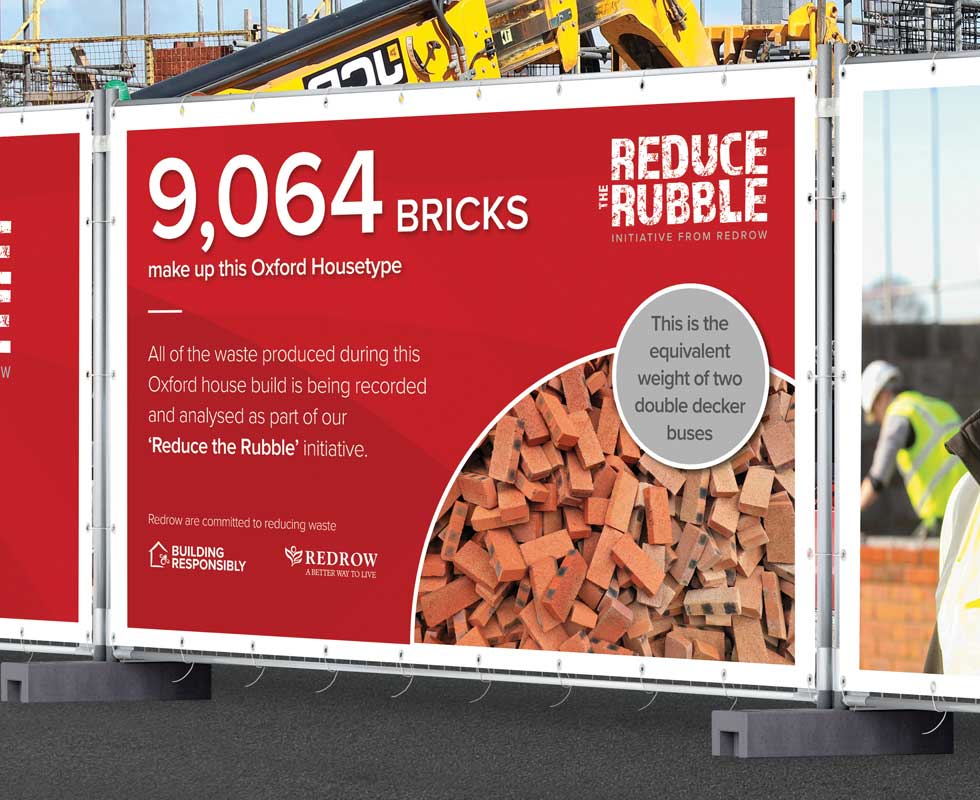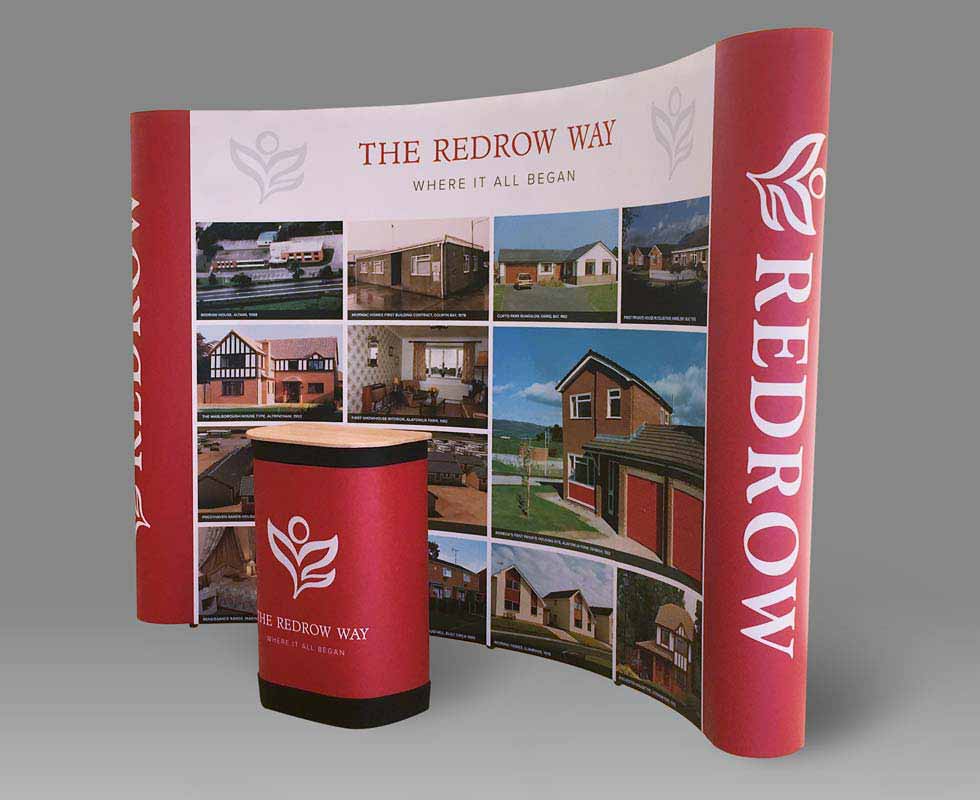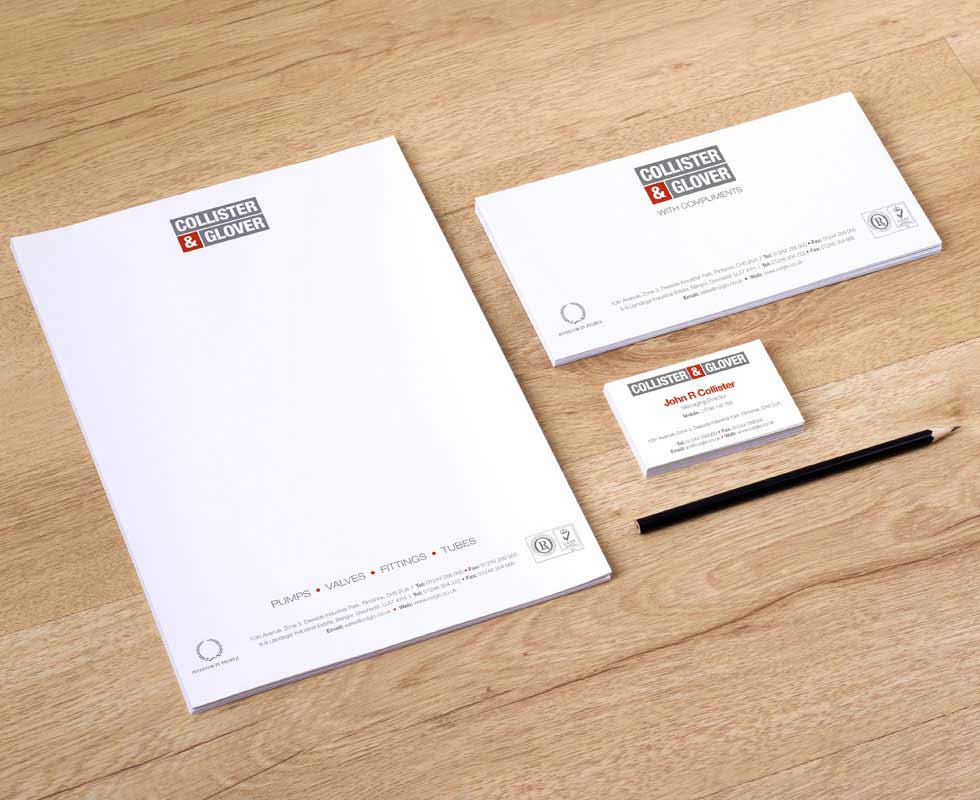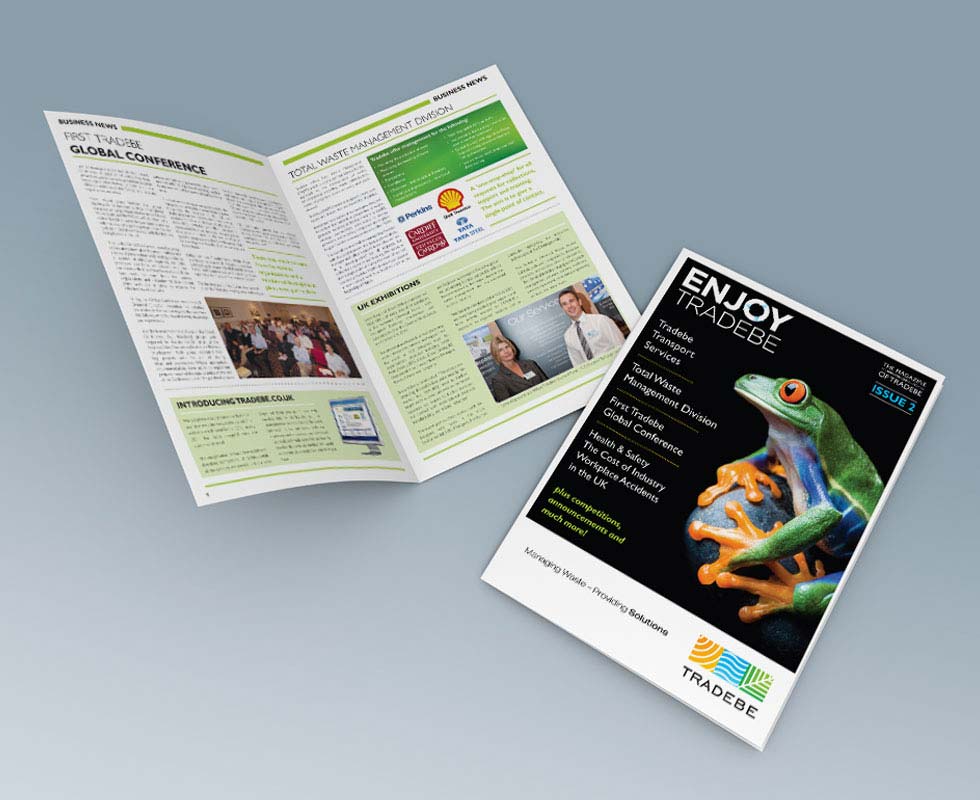You have an amazing piece of artwork ready for press, but have you thought about how you would like it printing? Have you heard of terms such as, ‘spot UV’, ‘matt lamination’ or ‘blind embossing’? Well here is my quick run down of the more commonly used print techniques and finishes to bring out the best in your latest marketing collateral.
Ok before we get started, here’s a quick explanation of the printing process, the two most common ways to print is either offset litho or digital, litho is more cost effective for longer runs and is usually better quality, digital is better for short runs. Both these processes print from a technique called the ‘4 colour process’ the 4 colours that make up this are cyan, magenta, yellow and black, black is ‘K’ because it’s known by printers as the ‘key’ plate! Every colour is split into a pattern of dots from the 4 colours and printed sequentially to reproduce all colour work in the printing industry.
We can also add extra ‘plates’ onto the existing 4 colour process to produce a better finish or more accurate colour representation. Let me explain… within your company brand guidelines there usually is a range of specifications that will let a graphic designer or printer know how to print your logo, these are usually web (RGB or Hex) a CMYK split and a Pantone reference. This Pantone reference can be printed as an extra plate to ensure your company logo remains the exact same colour throughout all of your marketing material. The extra plate can also be used to provide you with extra print finishes such as a spot UV, to enhance your business cards or corporate brochure.
Digital print is relatively new in printing terms and works similar to litho except we are dealing with inkjet and toner instead of ink. The main benefit is that there are no ‘plates’ to make, which involves a lot of upfront cost, so digital is ideal for shorter runs. The other main benefit is that it is more flexible, because it is much quicker to set up it lends itself more to personalised marketing. Digital print is progressing all the time and becoming a fast-growing alternative to litho print from a capacity perspective.
So here is a list of the most commonly used print finishes in the industry and something to bear in mind when thinking about your next print project. We always ensure we discuss the finish of jobs with our clients as part of our service offering, the right finish can take an amazing piece of design work to new levels.
Varnishes
This is an extra coat added on your paper stock to give your page either a glossy or matte finish. This is most commonly used in magazine printing.
Lamination
Lamination adds a layer of protective plastic coating, again either matt or gloss, this adds a robustness to the paper and can also waterproof the stock. We love matt lamination to give a brochure that extra feel of quality.
Spot UV Varnish
Spot UV’s are added to the print surface and hardened by UV light, this makes a glossy coat on the surface of your print. The benefit of this process is that you can specifiy certain areas to be spot UV’ed, this is great if you have a logo or crest that you want to jump off the page.
Embossing
Embossing is the process of raising parts of the print for emphasis, this brings a real tactile element to your print, this works great on thicker stock such as business cards.
Die Cutting
If you want a piece of artwork to stand out from the crowd a great technique is to ‘die-cut’. A cutting form is produced by the printer usually from a piece of artwork, this means your artwork can be literally any shape. The most common use in print is a corporate folder but you can die cut anything to really add a unique quality – die cut business cards can really help you to stand out from the crowd.
If this all seems a little daunting, we have many years of experience designing marketing collateral and setting up and dealing with all print techniques – talk to us today we can really help you get the best out of your design and marketing activity.







